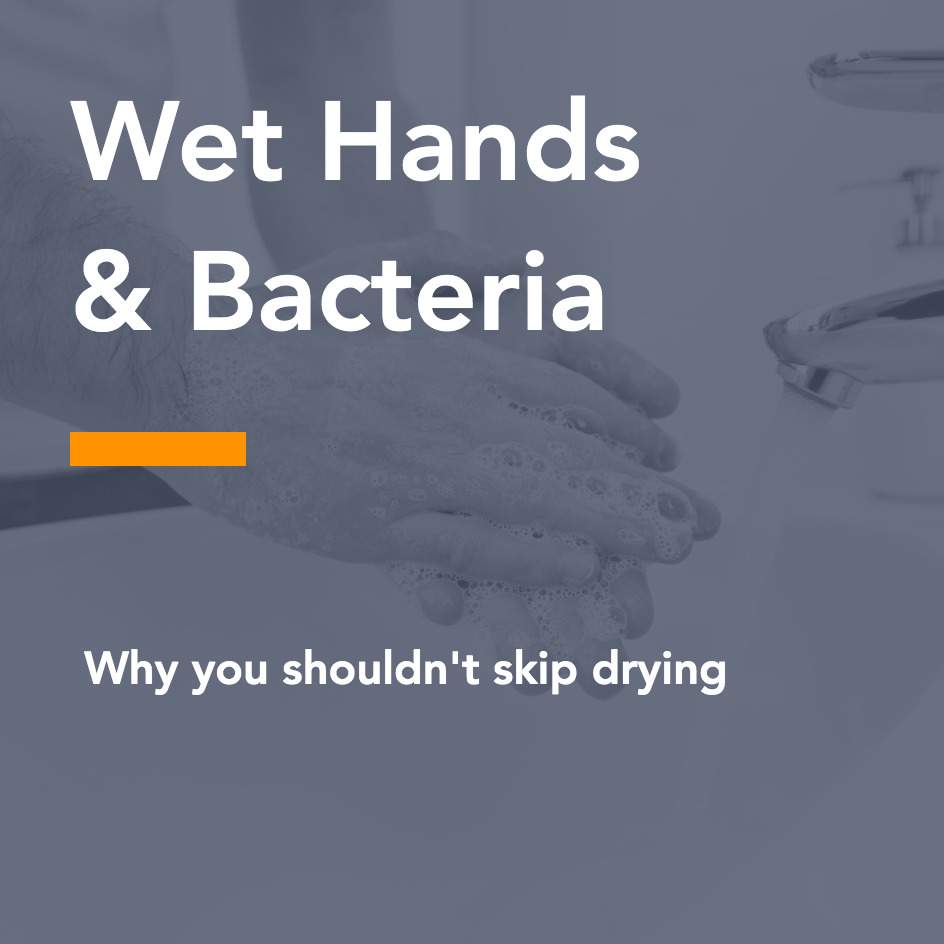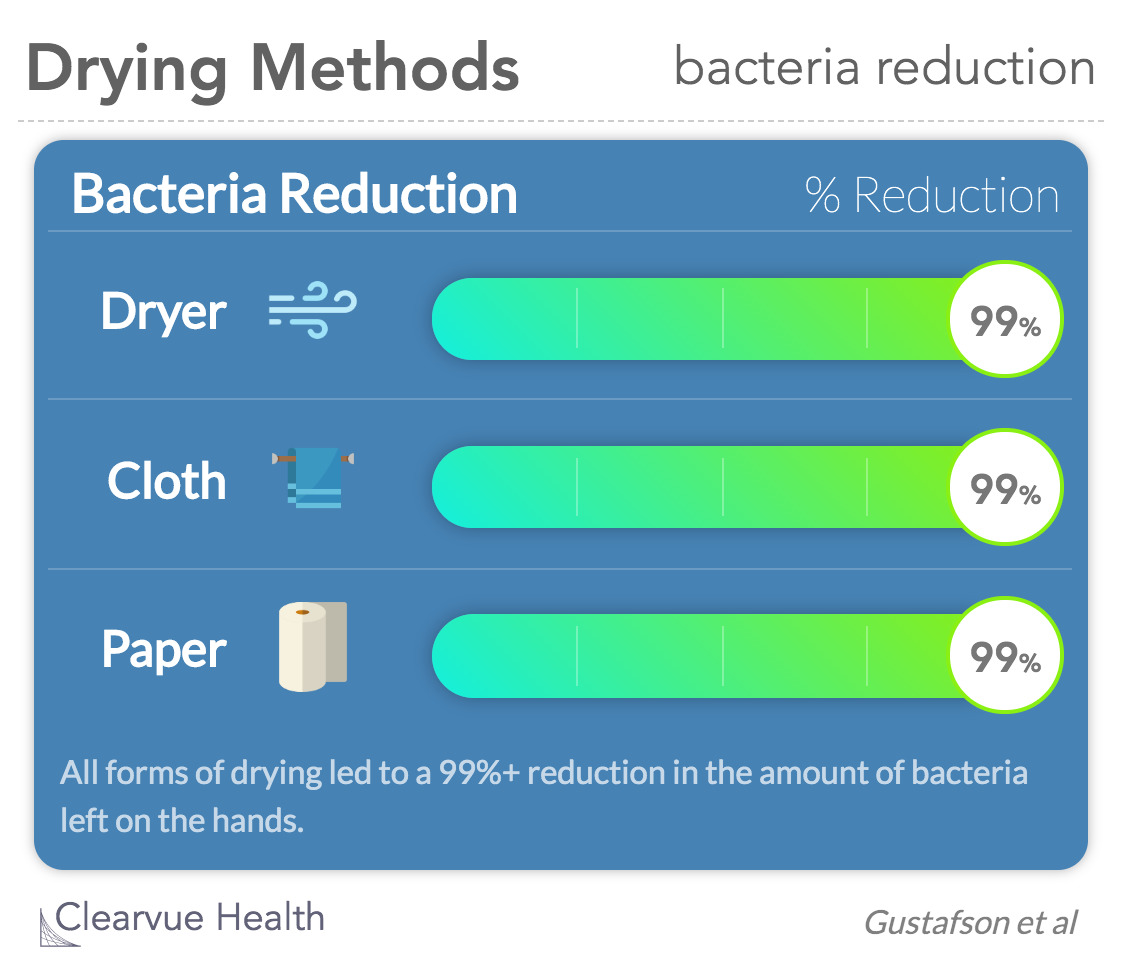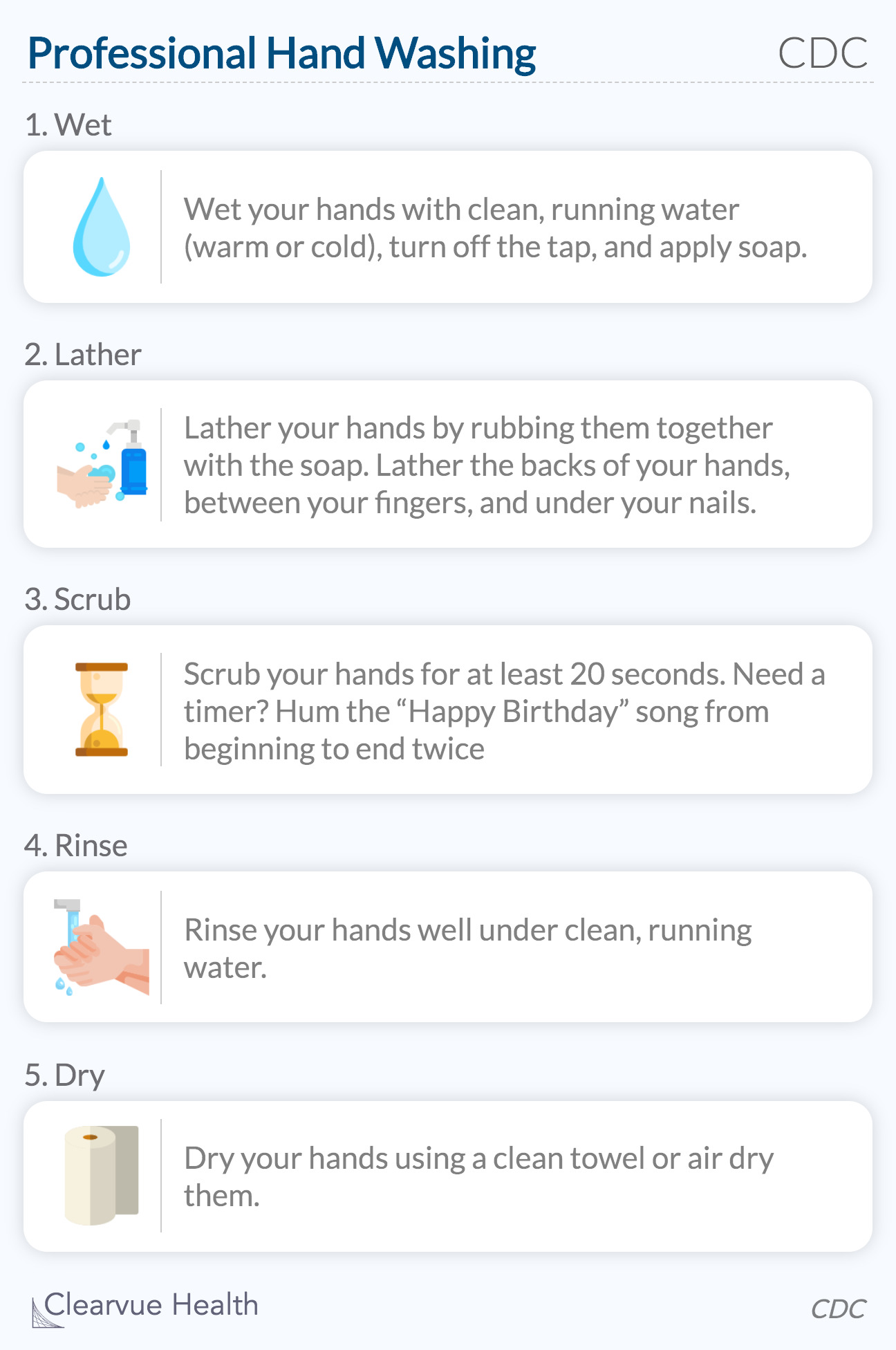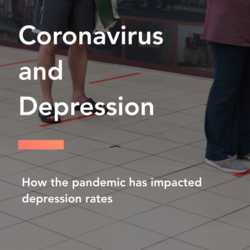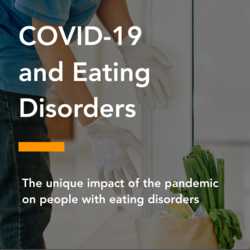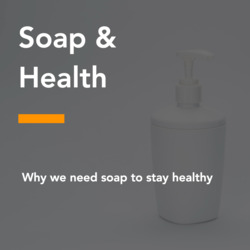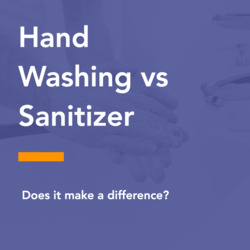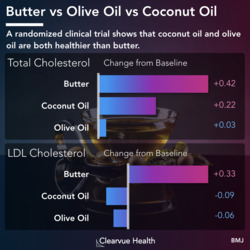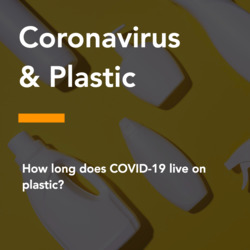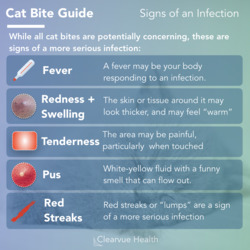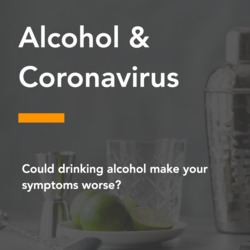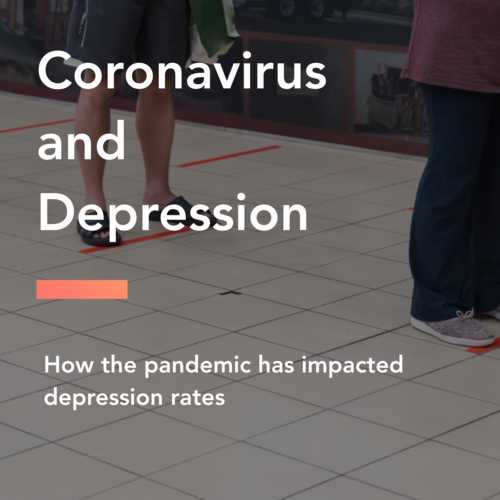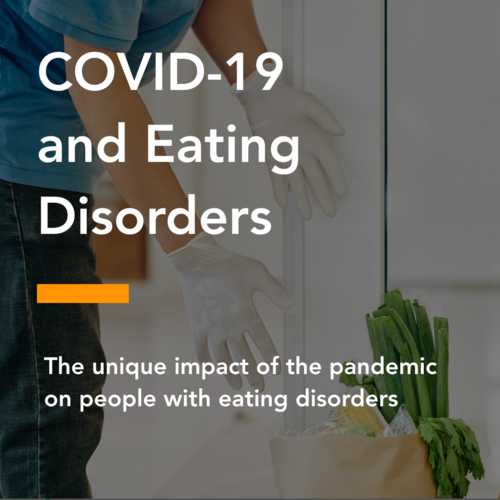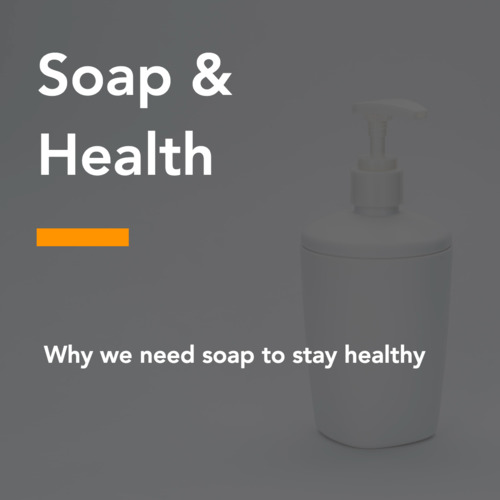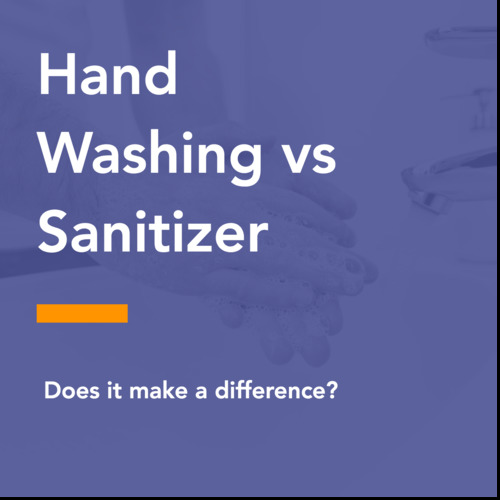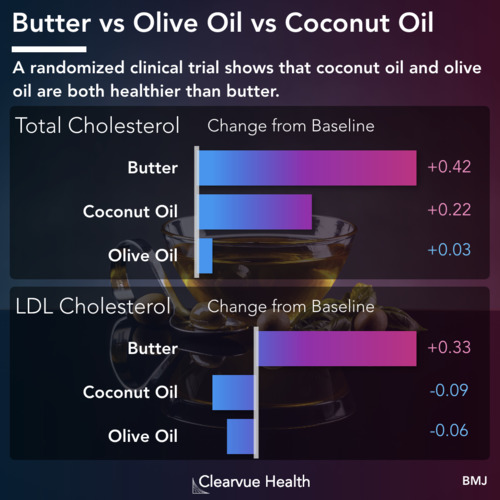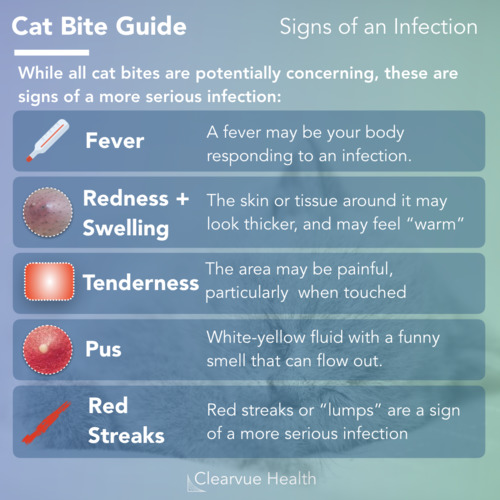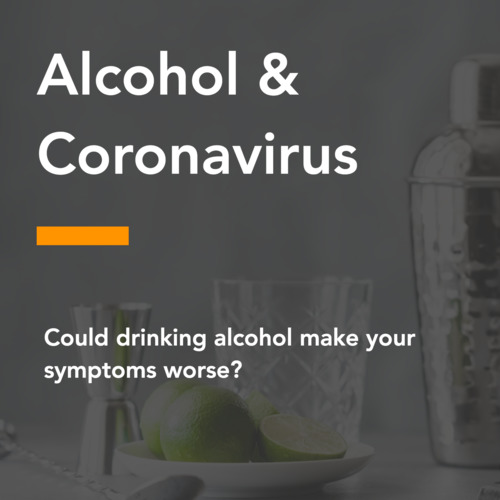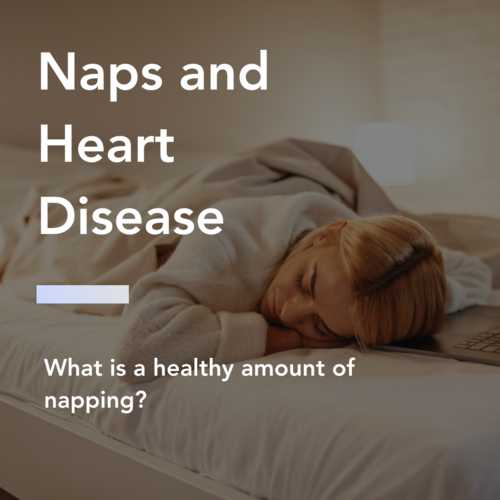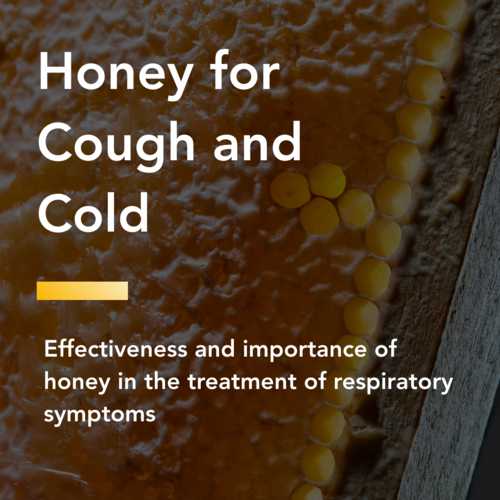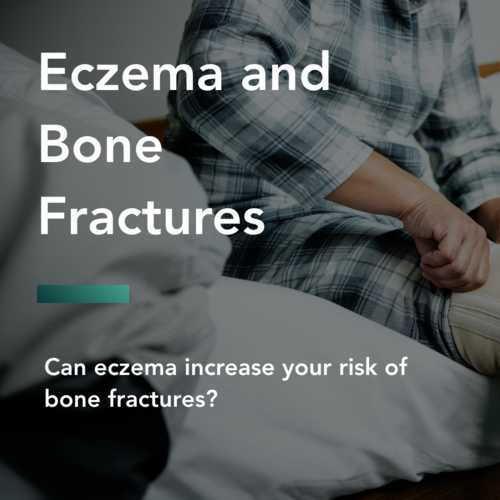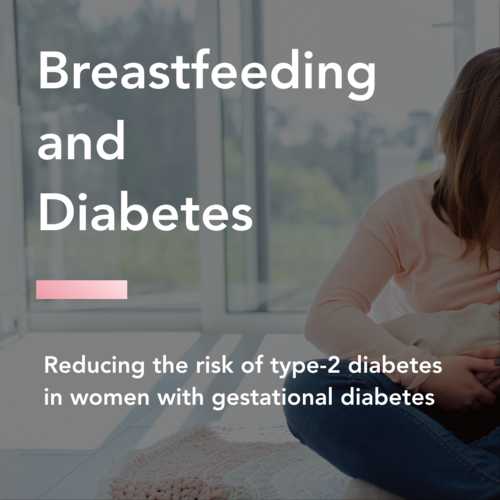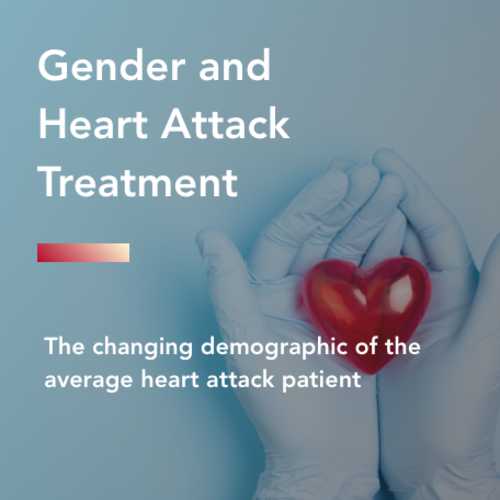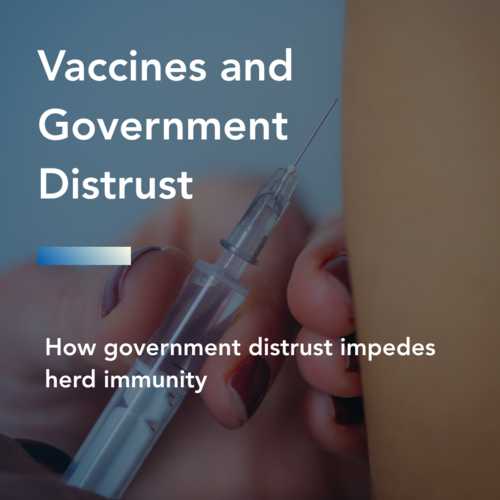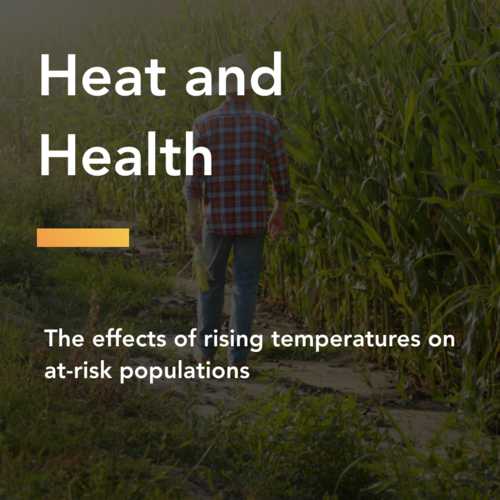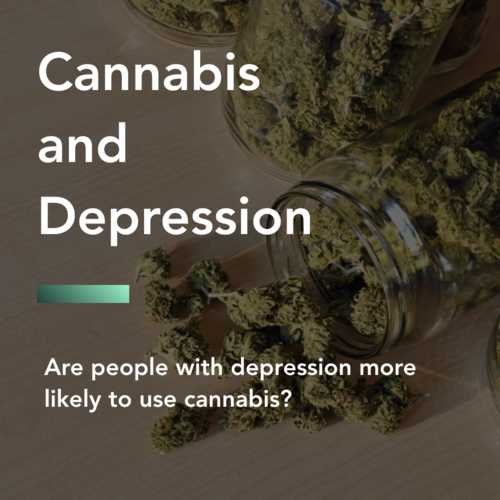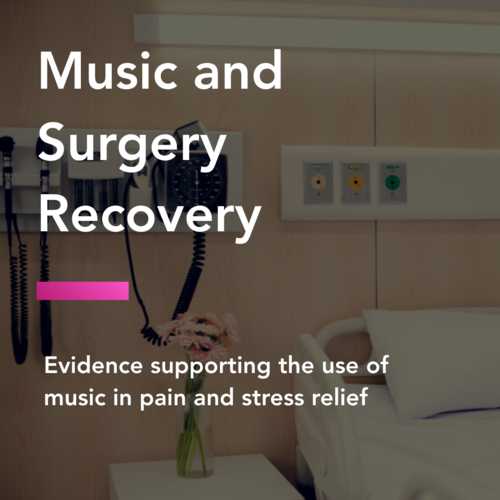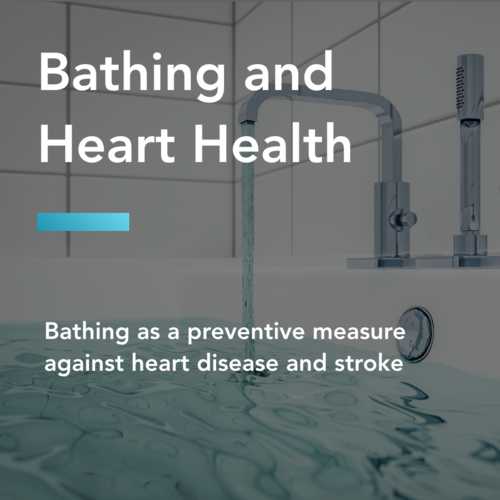Germs can be transferred more easily to and from wet hands. Therefore, the CDC recommends that hands should be dried after washing.
The best way to dry hands remains unclear because few studies about hand drying exist, and the results of these studies conflict.
Nonetheless, studies suggest that using a clean towel or air drying hands is best in removing germs and avoiding extra contamination.
Germ Transfer on Wet Hands
To study the efficacy of hand drying, researchers measured the amount of microbial transfer from wet hands onto skin, food, and utilities.
Microbial transfer decreased progressively after touching each sample in order.
Cloth and air-dryers were used separately and together to find the most effective way to reduce microbial transfer. The amount of time used with the cloth and air-dryer was also considered.
Using a cloth towel for 10 seconds along with an air-dryer for 20 seconds was determined to be the best method of removing microbes.
Compared to this method, undried hands had a significantly higher number of bacteria.
Hand Dry TimesAmount of Bacteria
Source: Residual moisture determines the level of touch-contact-associated bacterial transfer following hand washing
Methods for Hand Drying
A randomized control trial compared different hand drying methods: warm air from a mechanical hand-activated dryer, cloth towel, and paper towel.
99 participants were each instructed to wet and dry their hands four times using each different method of drying while researchers measured the units of colony-forming bacteria on their hands.
Source: Effects of 4 Hand-Drying Methods for Removing Bacteria From Washed Hands: A Randomized Trial
All methods resulted in a significant reduction in bacteria, but no method was statistically better or worse from one another.
Similar studies compare overall concentrations of microbes as opposed to disease-causing germs. It has not been shown that removing microbes from hands is linked to better health.
These studies are not specific to viruses, like the coronavirus, but are generalized to germs or bacteria only. More research is required to connect hand hygiene practices with viral transmission and health outcomes.
CDC Guide to Hand Hygiene
